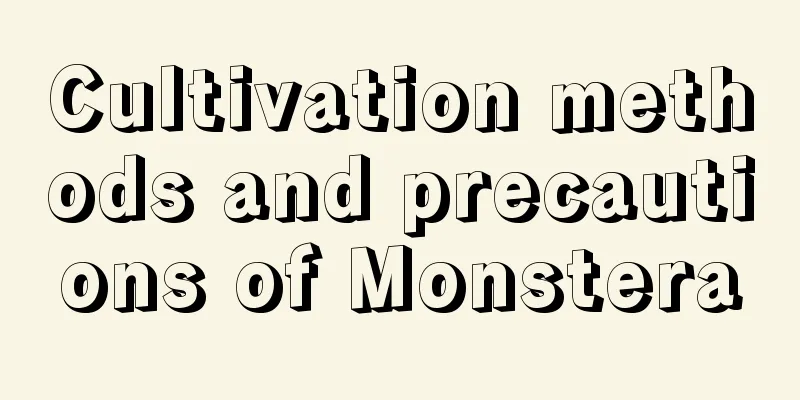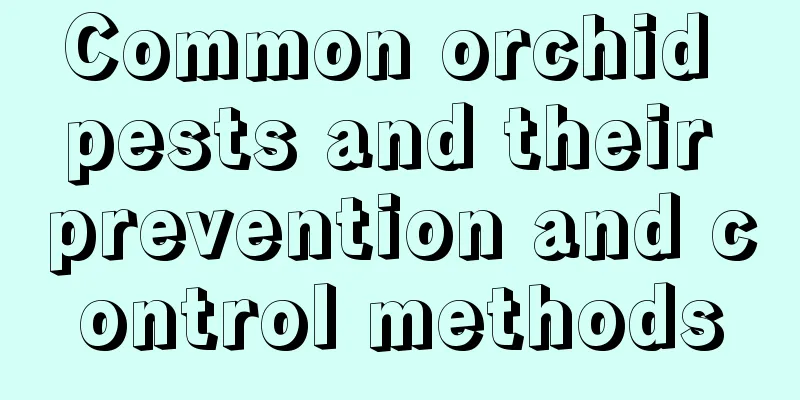Diseases and control methods of echinacea

Diseases of Echinacea: Root RotsymptomAlso known as black stem disease, in the early stages of Echinacea infection, the leaves on the upper part of the plant will shrink and curl, and even the leaves of the entire plant will dry up and fall off. In severe cases, the roots turn brown until the entire plant dies. Prevention and treatment methodsUse 1000 times diluted 40% sodium sulfamethoxam wettable powder to spray or water the diseased plants once every 3-5 days. Spraying 2-3 times will produce results. Diseases of Echinacea: Yellow Leaf DiseasesymptomAfter Echinacea is infected with yellow leaf disease, there will be no symptoms in the first year, and the plant will only be affected in the second year. After Echinacea is infected with yellow leaf disease, the leaves of the plant turn yellow and some curl, causing the plant to grow slowly and become short, and the flowers become deformed and the color becomes lighter. Prevention and treatment methodsUsually spray 500 times diluted 50% carbendazim wettable powder or 600 times diluted 75% thiophanate-methyl wettable powder once every 7-10 days, and spray continuously 2-3 times. When it is found that most of the diseased plants have turned yellow, they must be pulled out in time and destroyed in a centralized manner to prevent the spread of the disease. Diseases of Echinacea: Mosaic diseasesymptomAfter being infected with mosaic disease, the young leaves of Echinacea will develop patterns of alternating dark green and light green, turning into mosaic leaves. When the disease occurs on mature plants, the new leaves appear yellow-green mosaic-like, the diseased leaves become smaller and slightly wrinkled, and in severe cases the leaves curl up, and the leaves at the bottom of the diseased plants gradually turn yellow and wither. Prevention and treatment methodsAt the early stage of the disease, spray 300 times diluted 5% Bacteria and Virus Clearing wettable powder, or 500 times diluted 3% Triazole riboside aqueous solution (Enobeta), or 250-300 times diluted 0.5% Anti-toxic Agent No. 1 aqueous solution, or 500 times diluted 20% Du Kexing wettable powder, or 500 times diluted 20% Morphoguanidine hydrochloride·Copper wettable powder, or 500 times diluted 20% Virus Dan wettable powder. In addition, add 25 to 30 grams of zinc sulfate, 20 grams of boric fertilizer, and 5 grams of natural brassinolide, and spray with aphidicide once every 5 to 7 days for 2 to 3 times. Remove diseased plants promptly and destroy them in a centralized manner to prevent the spread of the disease. |
<<: Diseases and prevention methods of Camellia sasanqua
>>: Common diseases of Dendrobium officinale and their prevention and treatment methods
Recommend
If you cut the top of bougainvillea in winter, it will bloom more and grow new buds next year!
Many friends find it difficult to prune the branc...
How to plant morning glory seeds
1. Sowing time There are two time options for pla...
What is the best month to plant chives?
When to plant chives Chives are generally planted...
How to make mountain roses bloom
1. Soil Mountain rose does not have particularly ...
How to deal with Astilbe after flowering
Treatment after flowering of Astilbe 1. Pruning A...
How to grow Cross Star Brocade
1. Lighting The Cross Star Plant prefers a sunny,...
Can I plant a fir tree at home?
Can I grow fir trees at home? You should not plan...
How to water orchids in March (how often should orchids be watered in March to prevent root rot)
How to water orchids in March March is the time w...
How to grow succulent money tree
The soil that nourishes money strings: Soil is th...
6 tips to make succulents bloom
More and more friends like succulents, because su...
How to grow a small cactus potted plant
Small cactus growth habits Cactus is a desert pla...
Cultivation methods and precautions of Baolian Denghua
1. Lighting The light requirements of the Chinese...
Will urea evaporate if it is spread on the ground without rain (will it become ineffective if it is spread on the ground without rain)
Urea is a fast-acting high-nitrogen fertilizer th...
The growing environment and local conditions of sugar beets
Beet growing environment and conditions Beet pref...
The correct way to water flowers with glucose is to dilute it into what form
In addition to providing energy to humans, glucos...









